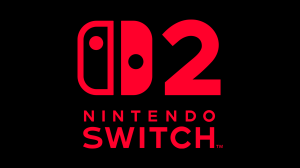If all goes to plan, NASA will soon have a telescope capable of hunting most asteroids capable of doing major damage to the planet. The governmental agency recently bumped the Near-Earth Object Surveyor (NEO Surveyor) to the next step in the development process after a successful mission review. Now, the telescope is heading into the Preliminary Design phase as scientists and astronomers start building it out.
Videos by ComicBook.com
“NEO Surveyor will have the capability to rapidly accelerate the rate at which NASA is able to discover asteroids and comets that could pose a hazard to the Earth, and it is being designed to discover 90 percent of asteroids 140 meters in size or larger within a decade of being launched,” NEO Surveyor program scientist Mike Kelley said in a statement.
NASA set a goal in 2005 of discovering at least 90-percent of all Near-Earth Objects larger than 140 meters in size. In the 16 years since that goal was set, NASA officials say they’ve found approximately 40-percent of near-Earth objects meet that criteria.
“Each night, astronomers across the globe diligently use ground-based optical telescopes to discover new NEOs, characterize their shape and size, and confirm they do not pose a threat to us,” NASA NEO Observations program manager Kelly Fast added. “Those telescopes are only able to look for NEOs in the night sky. NEO Surveyor would allow observations to continue day and night, specifically targeting regions where NEOs that could pose a hazard might be found and accelerating the progress toward the Congressional goal.”
How’s the NEO Surveyor work, exactly? It’s expected to use infrared technology that’d allow scientists to explore NEOs in the direction of the sun. Because of the brightness of the star, no ground-based observatories are able to search the skies toward the star.
“By searching for NEOs closer to the direction of the Sun, NEO Surveyor would help astronomers discover impact hazards that could approach Earth from the daytime sky,” said Amy Mainzer, principal investigator for NEO Surveyor at the University of Arizona. “NEO Surveyor would also significantly enhance NASA’s ability to determine the specific sizes and characteristics of newly discovered NEOs by using infrared light, complementing ongoing observations being conducted by ground-based observatories and radar.”
As of now, NEO Surveyor is scheduled to launch in 2026.
Cover photo by NASA/JPL-Caltech









